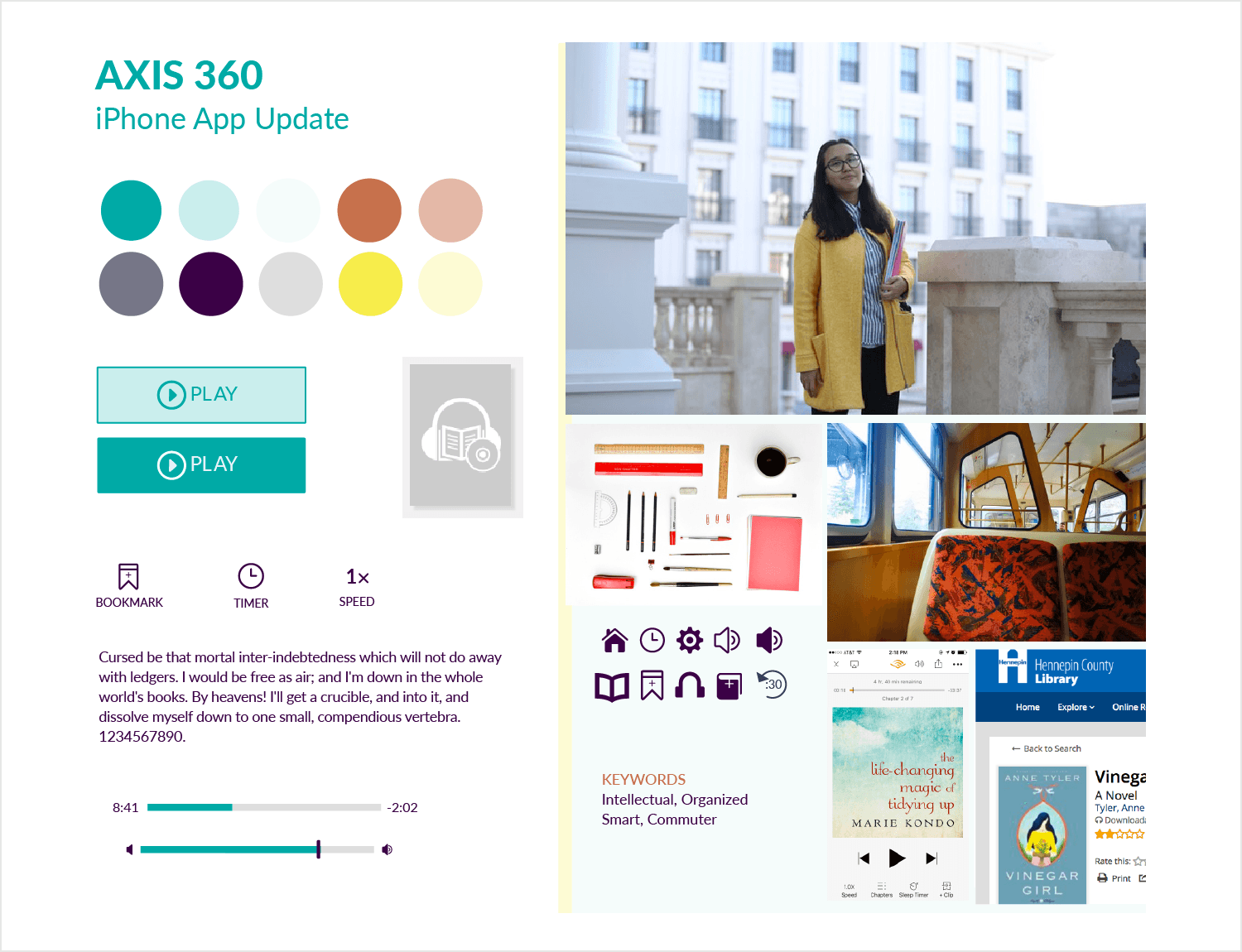
There’s no right or wrong here, only what feels correct based on the inputs.įor example, I like to give my images a lot of space, as in the mood board below. Mood boards come in all shapes and sizes, from simple to complex, from tidy to messy. It guides the creative direction for the rest of the brand’s visuals – from logos to graphics and even the website.Īnd it’s super valuable in collaborations and outsourcing situations because it helps everyone quickly get on the same page visually. A brand mood board expresses visually the thousands of words in the brand’s strategy and messaging. It’s like that saying, a picture is worth a thousand words. Your dream kitchen Pinterest board? Yep, you could call that a mood board too, albeit an evolving one where you continue to add new ideas for when you finally get around to the reno.Ī brand mood board is a collection of images that represent the look and feel the business is aiming for – the client experience it wants to provide, if you will.


That mood board served to guide my choices of fabrics, colors, and embellishments for years. I remember cutting out pictures of outfits and shoes from glossy magazines and catalogs to create a mood board back when I was sewing almost all my clothes. It’s not specific to business – you can just as easily make one (or a whole bunch) for your favorite hobbies. What’s a brand mood board, and why you need oneĪt its core, a mood board is simply a collection of images.
WEBSITE MOOD BOARD HOW TO
And if you’re wondering how to create your very own brand mood board, keep reading because that’s exactly what I’m covering in this blog post. If you’ve been in the online space for a hot minute, you’ve heard about mood boards. Inside: a step-by-step process to help you create a mood board for your brand, with examples


 0 kommentar(er)
0 kommentar(er)
